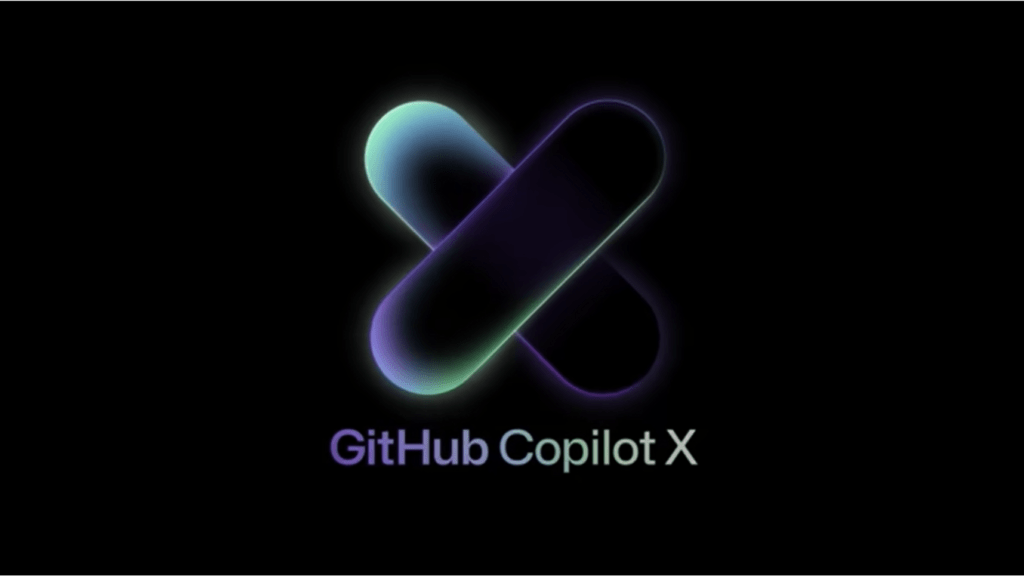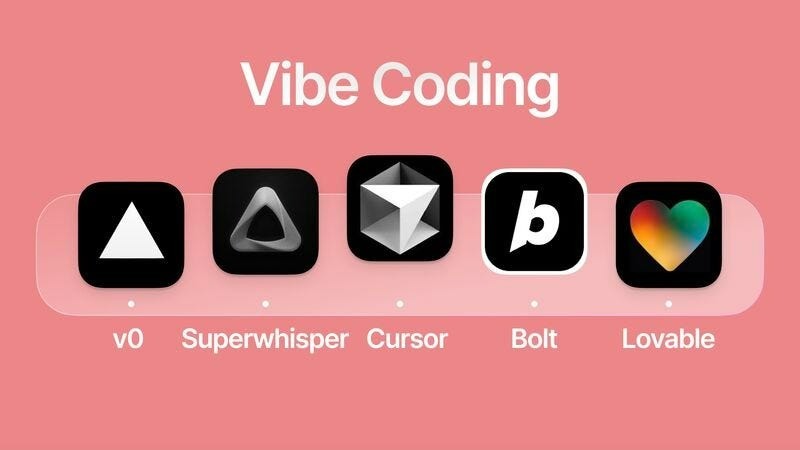Introduction: Understanding the Vibe Coding Phenomenon
In today’s fast-paced development world, a new approach called “vibe coding” has emerged as both a productivity booster and potential pitfall. But what exactly is vibe coding? At its core, it’s a coding methodology that combines AI-assisted development with an emphasis on maintaining creative flow states, often enhanced by music, aesthetic workspaces, and rapid iteration cycles.
The rise of tools like GitHub Copilot and ChatGPT has transformed how developers work, enabling what some call “augmented programming.” However, this new paradigm comes with its own set of challenges that every modern developer should understand.
Section 1: Defining Vibe Coding
The Anatomy of Vibe Coding
Vibe coding typically involves three key components:
- AI-Assisted Development: Using intelligent tools to generate, complete, or suggest code
- Flow State Optimization: Creating an environment conducive to deep work through music, ergonomics, and minimal interruptions
- Rapid Iteration: Quickly moving from idea to implementation with reduced friction
The Psychology Behind Vibe Coding
Recent studies in developer productivity suggest that:
- Developers using AI tools report 30-50% faster coding speeds (Source: 2023 GitHub survey)
- 68% of developers say they enter flow states more easily with AI assistance
- However, 42% report decreased confidence in their unaided coding abilities
Section 2: The Vibe Coding Toolkit (2025 Edition)
Core AI Coding Assistants

1. GitHub Copilot X
- Latest Features: Voice commands, PR summaries, test generation
- Best For: Full-stack developers working in multiple languages
- Pricing: $10/month for individuals
2. Amazon CodeWhisperer
- Key Advantage: AWS integration and security scanning
- Unique Feature: Citation of code sources to avoid licensing issues
- Best For: Cloud-native development
3. Tabnine Enterprise
- Standout Feature: On-premise deployment for security-conscious teams
- Model Options: Choose between smaller, faster models or more accurate larger ones
- Best For: Enterprise development teams
Flow State Enhancers
Hardware
- Keychron Q3 Mechanical Keyboard: Tactile feedback without excessive noise
- Elgato Key Light Air: Adjustable lighting to reduce eye strain
- Fully Jarvis Standing Desk: For alternating between sitting and standing
Software
- Warp Terminal: Modern terminal with AI command help
- Cursor.sh: AI-native IDE with built-in chat
- F.lux: Adjusts screen temperature for late-night coding sessions
Audio Environments
- Brain.fm: Science-backed focus music
- myNoise: Customizable ambient soundscapes
- Endel: AI-generated sound environments that adapt to your work rhythm
Section 3: The Hidden Costs of Vibe Coding
Cognitive Tradeoffs
While vibe coding offers immediate productivity gains, research suggests several potential downsides:
- Skill Atrophy: Reduced ability to solve problems without AI assistance
- Surface-Level Understanding: Tendency to accept solutions without deep comprehension
- Debugging Dependency: Difficulty troubleshooting when AI suggestions fail
Security Implications
A 2023 Stanford study found:
- 40% of AI-generated code samples contained at least one vulnerability
- Only 28% of developers thoroughly reviewed AI-suggested security configurations
- Common issues included improper input validation and insecure default settings
Quality Control Challenges
Real-world examples from tech companies show:
- Case Study 1: A FinTech startup discovered API rate limit vulnerabilities in AI-generated code during a security audit
- Case Study 2: An e-commerce platform experienced checkout failures due to unhandled edge cases in Copilot-suggested code
- Case Study 3: A mobile app had to recall an update because of memory leaks in AI-assisted components
Section 4: Best Practices for Responsible Vibe Coding
The Balanced Approach Framework
- AI-Assisted Development Cycle
- Generate → Understand → Test → Refine → Document
- Never skip the “Understand” phase
- The 70/30 Rule
- Use AI for 70% of initial implementation
- Reserve 30% for manual refinement and deep understanding
- Continuous Skill Maintenance
- Weekly unaided coding exercises
- Regular code reviews without AI assistance
- Participation in programming competitions
Technical Safeguards
- Automated Quality Gates
- Static analysis tools (SonarQube, Semgrep)
- AI-generated code scanners (Amazon CodeGuru, Snyk)
- Custom rule sets for your codebase
- Testing Strategies
- Mutation testing for AI-generated code
- Property-based testing for critical components
- Fuzz testing for security-sensitive areas
- Knowledge Preservation
- Annotate AI-generated code with explanations
- Maintain a decision log for significant AI contributions
- Create team-wide patterns for AI-assisted development
Section 5: The Future of Vibe Coding
Emerging Trends
- Context-Aware Assistants: Tools that understand your entire codebase architecture
- Self-Debugging Code: AI that can explain and fix its own errors
- Personalized Models: Fine-tuned assistants that learn your coding style
Ethical Considerations
- Intellectual Property: Who owns AI-generated code?
- Skill Development: How to maintain engineering fundamentals
- Team Dynamics: Balancing AI-assisted and traditional development
Conclusion: Finding Your Optimal Vibe Coding Balance
Vibe coding represents a fundamental shift in software development, offering tremendous productivity potential but requiring new disciplines. The most successful developers will be those who:
- Leverage AI tools strategically without over-reliance
- Maintain and continuously develop their core programming skills
- Implement robust quality control measures
- Stay aware of the cognitive and security implications
As the landscape evolves, developers who master this balance will have a significant competitive advantage in the AI-augmented future of software engineering.
Call to Action: Start by auditing your current vibe coding practices. What percentage of your code is AI-assisted? How thorough are your review processes? Share your experiences in the comments below.
Appendix: Vibe Coding Checklist
✅ Set up your optimal physical and digital workspace
✅ Choose appropriate AI tools for your stack
✅ Establish quality gates and review processes
✅ Schedule regular unaided coding practice
✅ Document AI-generated code thoroughly
✅ Stay updated on AI coding best practices
✅ Balance productivity with deep understanding
✅ Participate in the developer community knowledge sharing

